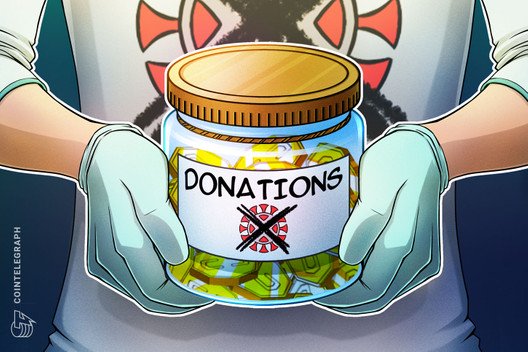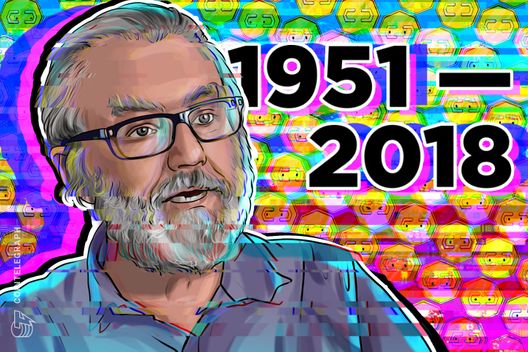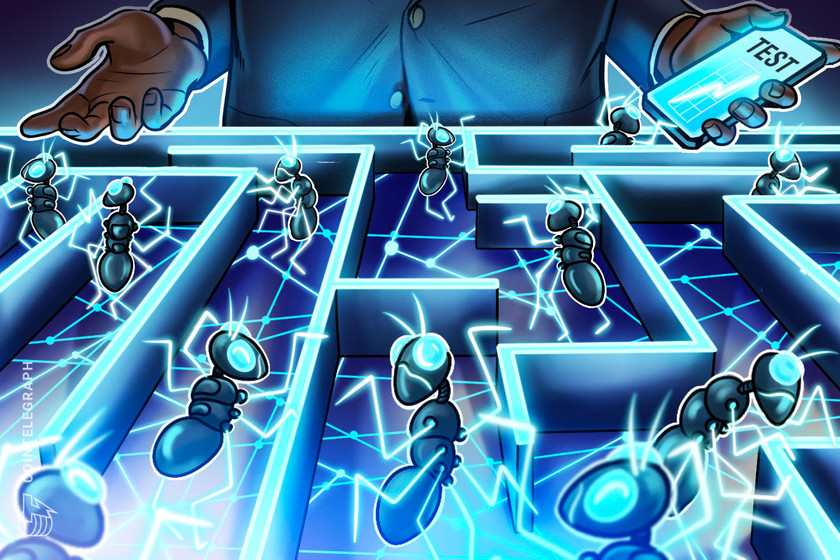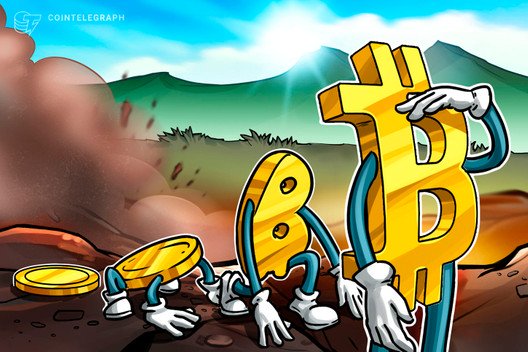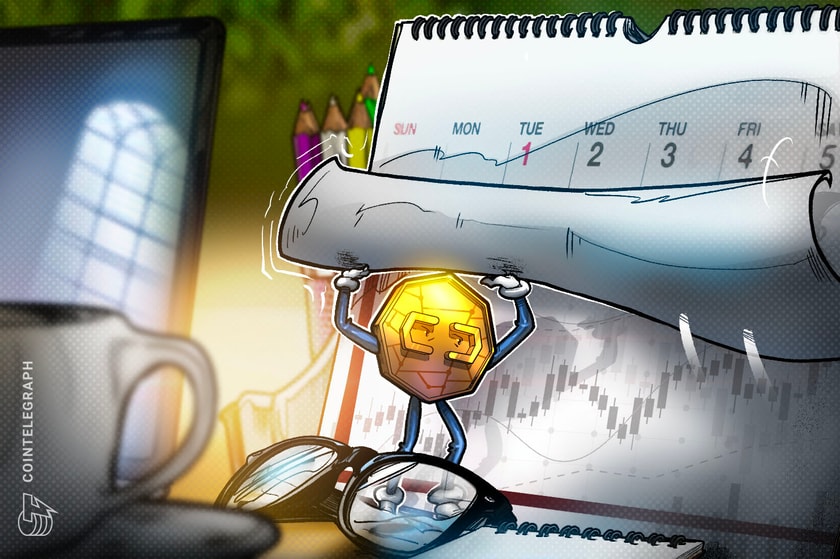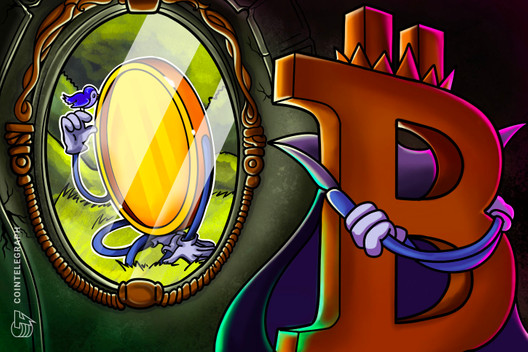VC calls Ethereum killers ‘toothless’ based on token allocation to insiders
Only two of Ethereum’s recent competitors had a “fair launch” according to the specified criteria.
1653 Total views
25 Total shares

Mythos Capital founder Ryan Sean Adams called Ethereum killers “toothless” based on initial token allocation schemes that often prioritize insiders:

Adams was referring to a recent Messari report, which summarized the token distribution for some of the most popular Ethereum (ETH) alternatives launched in the last couple of years. There are four main distribution categories: public presale, community allocations, insiders, and each project’s respective foundations.

The report’s authors suggest that the proportion of tokens allocated to insiders (which includes team, company and VCs) is crucial when assessing projects, “projects that distribute tokens to insiders (team, founders, and VCs) at the expense of the community put themselves at a disadvantage.” They also contrast these distributions unfavorably with Ethereum:
“Ethereum found success because it made early investors wealthy. But it thrived because the pool of early contributors was considerably large.”
Moreover, the authors say that all of these blockchains (with the exception of Kadena and Nervos Network) employ proof-of-stake consensus — which they believe only exacerbates the problem:
“Rebalancing the ratio of insider to community network ownership post-launch is an uphill battle, one that can be more difficult for Proof-of-Stake (PoS) networks since early stakeholders have a perpetual claim on seigniorage”
The report states that for instance, Placeholder Capital prefers projects where 20 to 30% of the token supply goes to a project’s insiders. The average for the twelve aforementioned platforms is 43%, however, with only Kadena and Edgeware meeting the specified criteria.
Ways of ensuring that new crypto projects have a fair launch have been contentiously discussed for a long time. Though Messari and Adams appear to praise Ethereum’s launch, a Bitcoin maximalist will be quick to point out that a significant portion of Ether were premined. Others could argue that Satoshi Nakamoto managed to mine a Bitcoin fortune in an environment virtually devoid of competition.
The issue in this case is more about determining what type of distribution provides the best possible outcomes for a project. A substantial allocation to insiders has an opportunity cost. These coins could be used instead to incentivize the community. In addition, insiders typically get their tokens either for free or at substantial discounts, which allows them to sell early, driving prices down. The entire subject of tokenomics is rather new and provides little empirical data or academic research. This makes drawing meaningful conclusions difficult, and open to subjective interpretation.


